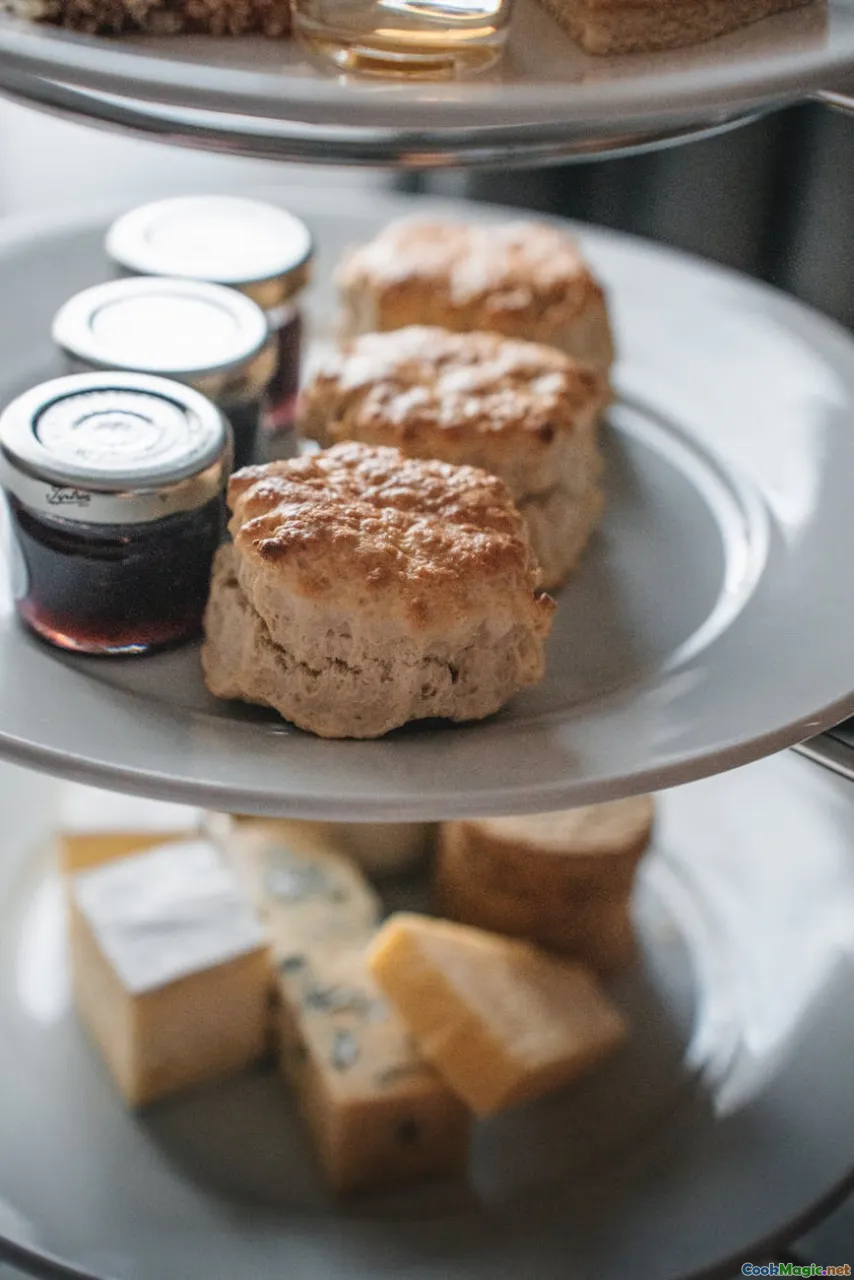The Impact of British Influence on Maltese Dishes
8 min read Explore how British colonial history has subtly and deliciously shaped Maltese dishes, blending traditions and creating unique flavors. April 29, 2025 14:55
The Impact of British Influence on Maltese Dishes
Imagine standing beneath the golden Maltese sun, the scent of salty sea air mingling with the aroma of freshly baked ftira. As you savor a plate of rabbit stew or indulge in a glass of local wine, you might not immediately consider the layers of history woven into these flavors. Malta’s culinary tapestry is a vibrant mosaic, and among its most intriguing threads is the subtle yet profound influence of British colonization. This influence, spanning over 160 years, has left an indelible mark on Maltese dishes, blending tradition with colonial legacy in a way that is both surprising and delicious.
A Historical Prelude: Malta’s Colonial Past
Malta’s strategic position in the Mediterranean has made it a crossroads of civilizations. From the Phoenicians to the Arabs, the Knights of St. John to the British, each ruler has added a chapter to its rich history. The British period, from 1800 to 1964, was particularly transformative, introducing new foods, cooking techniques, and culinary customs.
During this era, Malta became a British military and naval hub. The influence was evident not only in architecture and language but also in the kitchens. British staples found their way into Maltese homes, often adapted with local ingredients, creating a distinctive hybrid cuisine.
Colonial Imprints on Maltese Food: The Subtle and the Bold
The Classic Fish and Chips
Perhaps the most iconic British culinary export that has become a staple in Malta is fish and chips. You’ll find seaside chippies serving crispy, golden battered fish paired with thick-cut fries—an irresistible comfort food. In Malta, this dish is often made with local fish like lampuki or bream, coated in a light beer batter seasoned with local herbs, offering a uniquely Maltese twist.
Tea and Scones: A Colonial Ritual
Tea time, introduced during the British era, remains a cherished tradition. Maltese cafes serve robust black tea accompanied by scones, clotted cream, and jam. The ritual of afternoon tea has become woven into social fabric, often enjoyed with friends overlooking the bustling streets or tranquil harbors.
The Maltese Version of Shepherd’s Pie
While shepherd’s pie is quintessentially British, Maltese cooks have reimagined it using local ingredients. Instead of beef, you might find it made with rabbit, a true Maltese delicacy. The mashed potato topping is golden and crispy, served alongside a hearty, savory filling infused with local herbs like imqarrun and menta.
Baked Beans and Canned Preserves
British influence also introduced canned baked beans, which, though simple, became a breakfast staple—spread over toasted bread or served alongside a fried egg. These are often accompanied by Maltese bread, which is crusty and chewy, perfect for dipping.
Food Preparation and Culinary Techniques
British culinary influence brought with it techniques such as roasting, baking, and the use of certain preserves and condiments. For instance, the tradition of pickling vegetables and making jam—techniques learned during colonial times—are now integral to Maltese home cooking.
The British also introduced the concept of afternoon tea, which popularized the use of fine china, scones, and clotted cream—elements that are now common in Maltese cafes, especially during festive seasons.
Personal Reflections and Cultural Significance
Having spent summers on Malta’s sun-drenched coasts, I’ve always been fascinated by how these colonial influences are embraced rather than overshadowed. The British staples have been adapted with local flavors, making them uniquely Maltese.
One memorable experience was enjoying fish and chips at a seaside tavern in Sliema, where the crispy batter gave way to tender fish, complemented by Maltese ftira—a type of bread that’s crusty on the outside and soft inside. The blend of salty sea breeze, tangy lemon, and the aroma of fried fish created an unforgettable sensory memory.
Moreover, the social rituals surrounding tea and baked goods foster community and conversation, echoing the British tradition but infused with Maltese warmth and hospitality. It’s a testament to how cultural exchanges, even through food, forge bonds and shape identities.
The Fusion of Flavors and Continual Evolution
Today, Maltese cuisine continues to evolve, embracing global influences while honoring its colonial past. Chefs experiment with traditional British dishes, incorporating local ingredients like lampuki (dolphin fish), ġbejniet (cheese), and fresh herbs.
The British influence also paved the way for the popularity of certain convenience foods, which Maltese cooks now elevate with innovative twists—like fish and chips served with a spicy Maltese pepper sauce or a hearty shepherd’s pie made with local rabbit and seasoned with Maltese imqarrun.
Celebrating a Shared Culinary Heritage
In Malta, colonial history is not shrouded in shadow but celebrated through its food. The British influence is a reminder of a complex past that has enriched Maltese culinary traditions, blending the old with the new in a delicious harmony.
Whether it’s sipping afternoon tea overlooking the Valletta harbor or biting into a crispy piece of fish, the flavors tell stories of resilience, adaptation, and cultural exchange. These dishes serve as edible bridges connecting centuries of history with contemporary Maltese life.
Final Thoughts
The impact of British influence on Maltese dishes exemplifies how food is a living history—an ongoing dialogue between past and present. It’s a reminder that every bite carries layers of stories, traditions, and memories, making Maltese cuisine not just a feast for the palate but also for the soul.
So next time you enjoy a plate of Maltese lampuki or sip tea in a bustling café, remember that you’re partaking in a rich cultural tapestry woven through centuries of history, adaptation, and shared love for good food.









